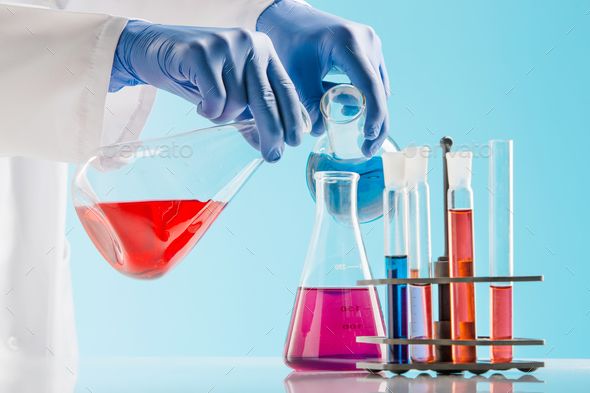Chemistry in Your Kitchen: Scientific Experiments You Can Do Yourself
Have you ever thought that your kitchen could turn into a small scientific lab? Yes, chemistry surrounds us everywhere, especially in the kitchen, where amazing experiments can be conducted using simple materials found in every home. Let's explore some of these exciting experiments that reveal the fascinating side of chemistry.
The Mini Volcano Experiment
This is one of the simplest and most exciting experiments. All you need is baking soda and vinegar. Mixing these two ingredients causes a chemical reaction that produces carbon dioxide, creating effervescence resembling a mini volcano. This experiment gives us an idea of how chemical reactions occur and their effects.
Unveiling Secrets with Red Cabbage
Red cabbage is not just delicious food but also an excellent natural indicator for acidity and alkalinity. You can make a solution from red cabbage leaves by boiling them in water, then use the solution to test different substances such as vinegar and baking soda. You will notice the color change indicating the substance's nature, whether it is acidic or basic.
Making Elephant Toothpaste
This experiment combines fun and learning. Using hydrogen peroxide and dish soap, you can create a chemical reaction that produces a dense foam resembling toothpaste. This reaction teaches us about the concept of catalysts and how some substances can accelerate chemical reactions.
Conclusion
Chemistry is not just a complicated subject matter but a part of our daily lives, and your kitchen is the perfect place to explore this amazing world. These simple experiments offer us an opportunity to understand chemistry in a fun and practical way. Science is not confined to labs and textbooks only; it is everywhere around us, just waiting for us to explore it with curiosity and passion.





